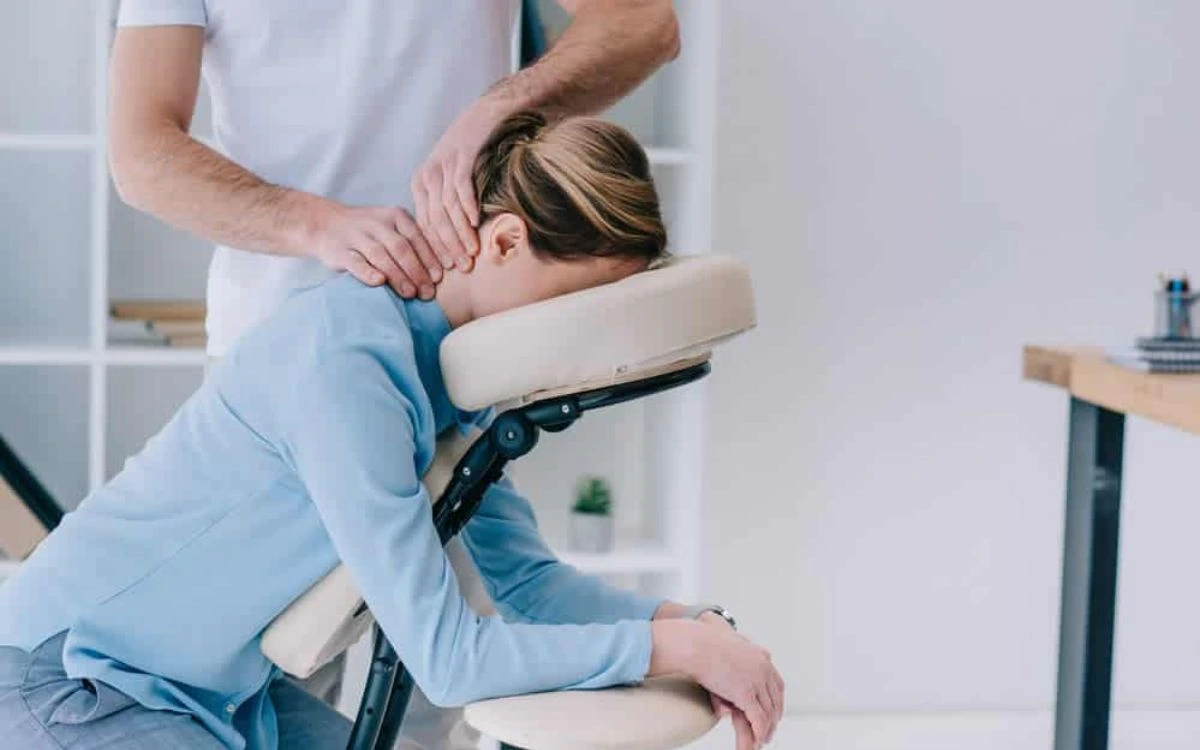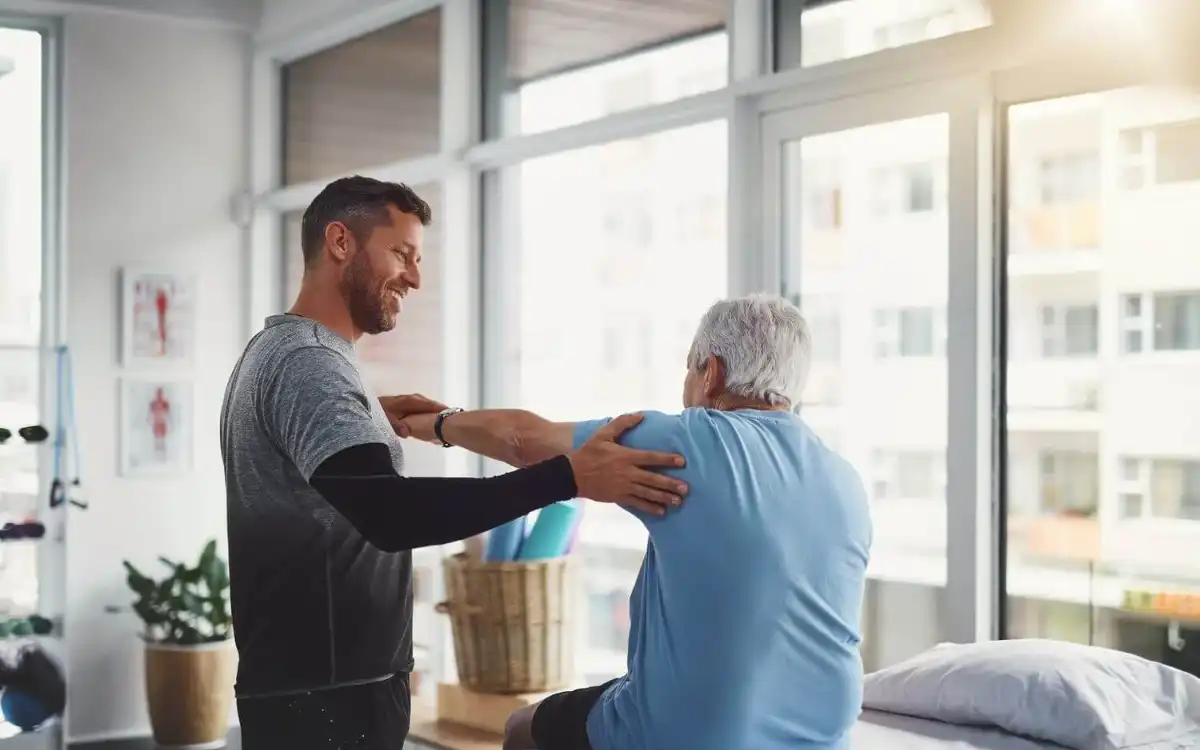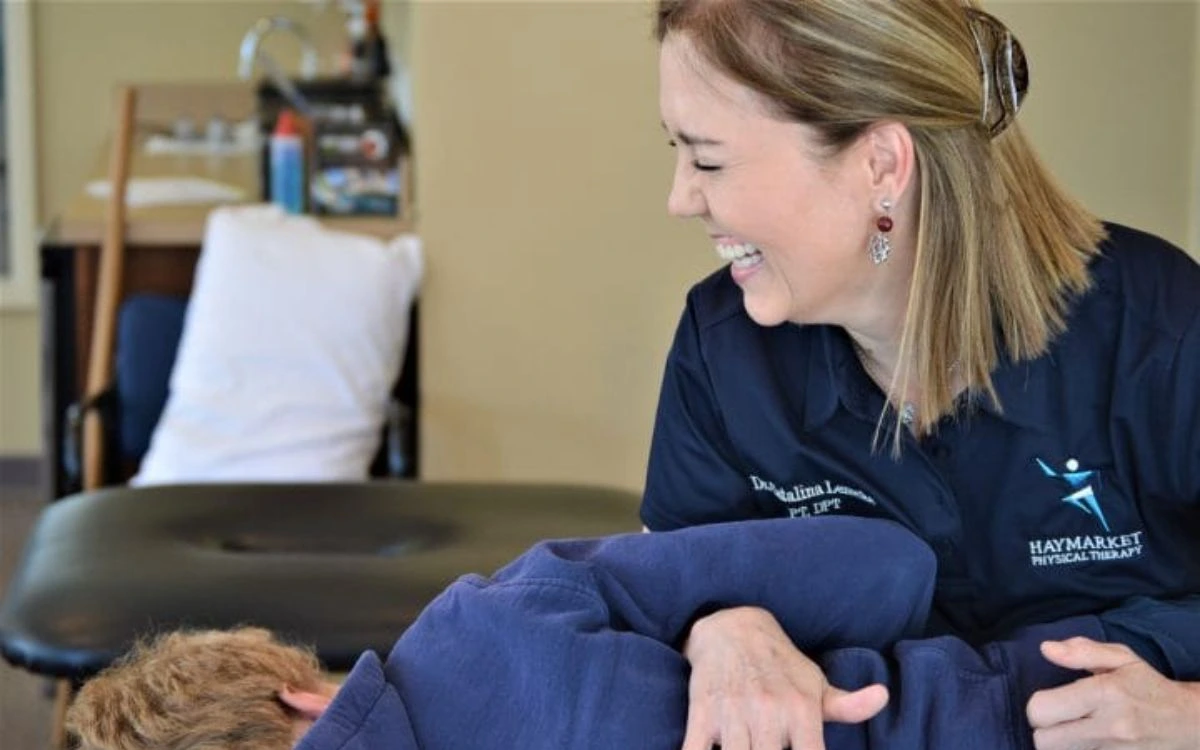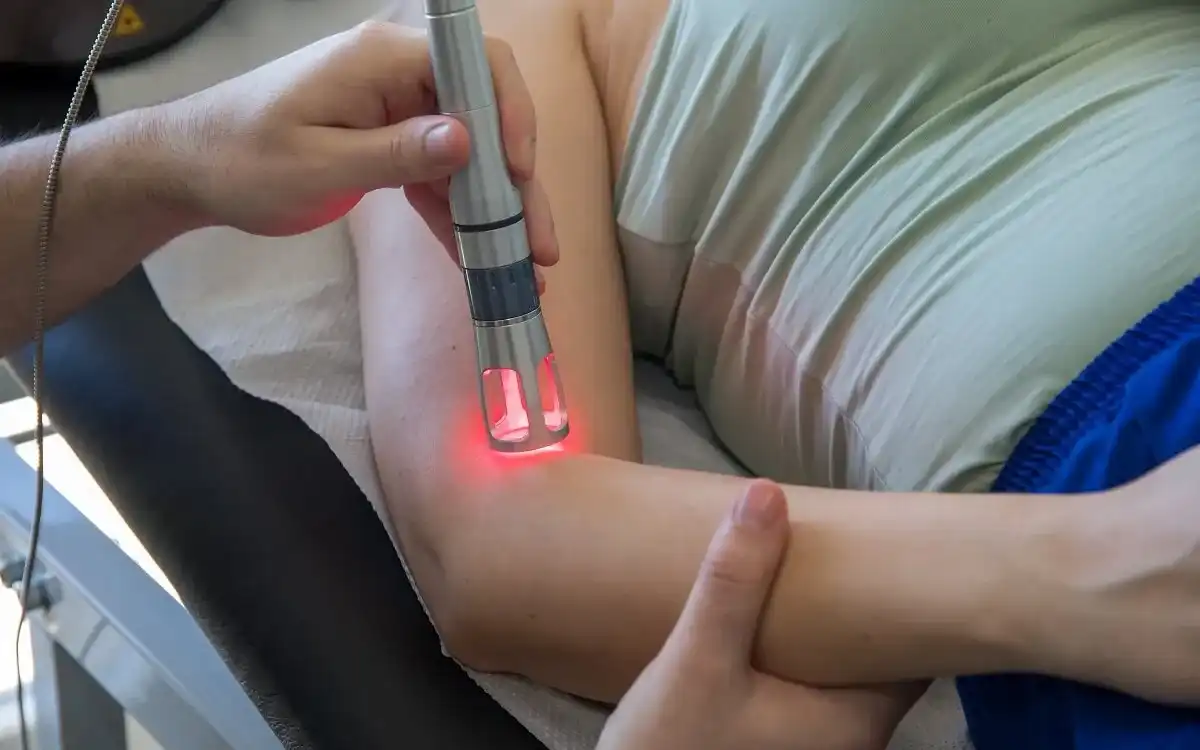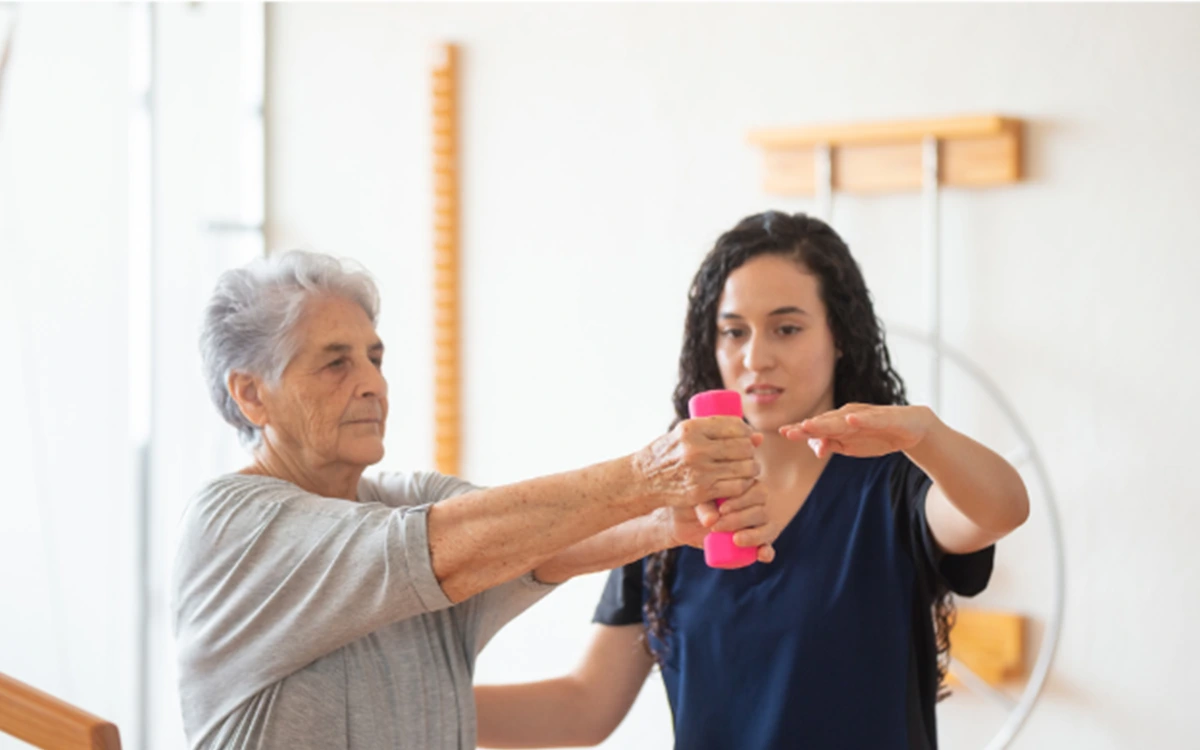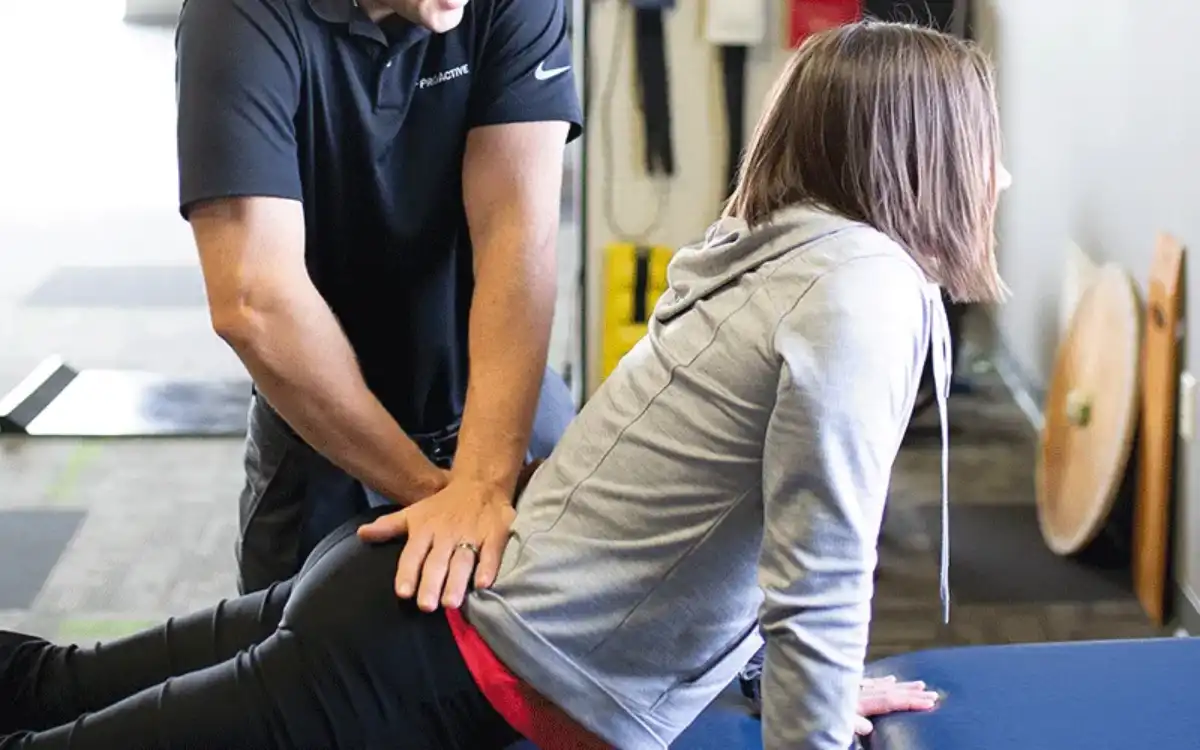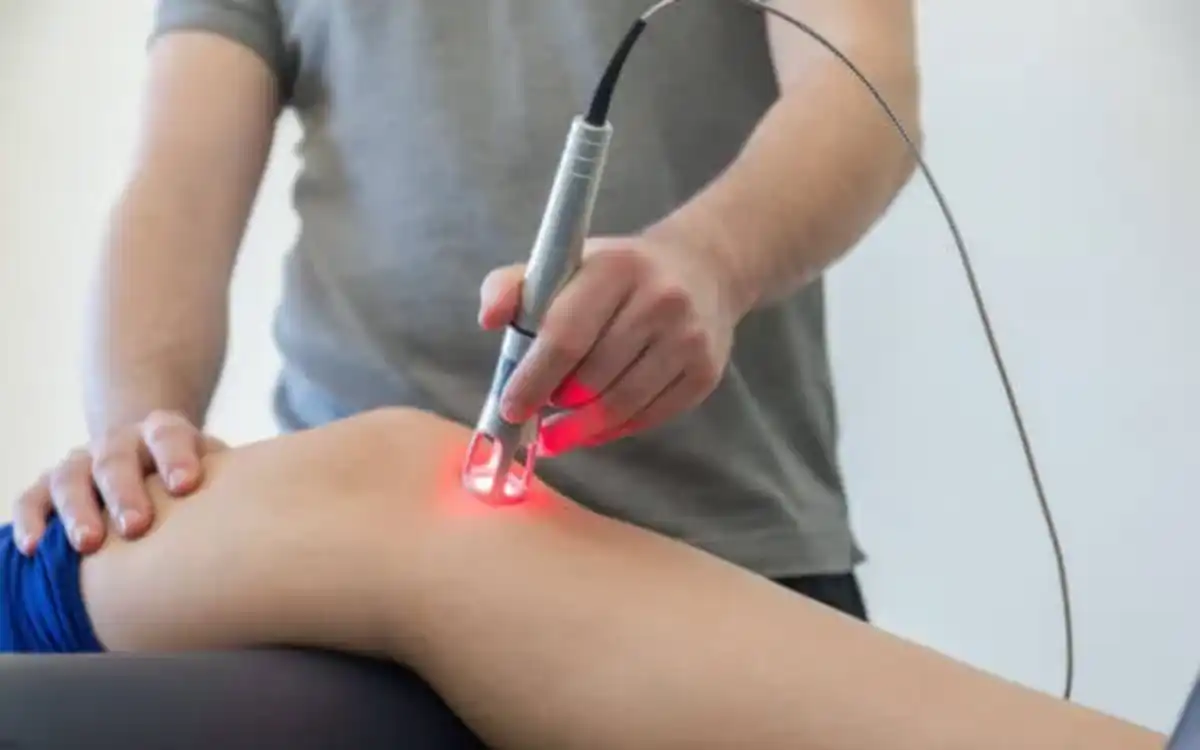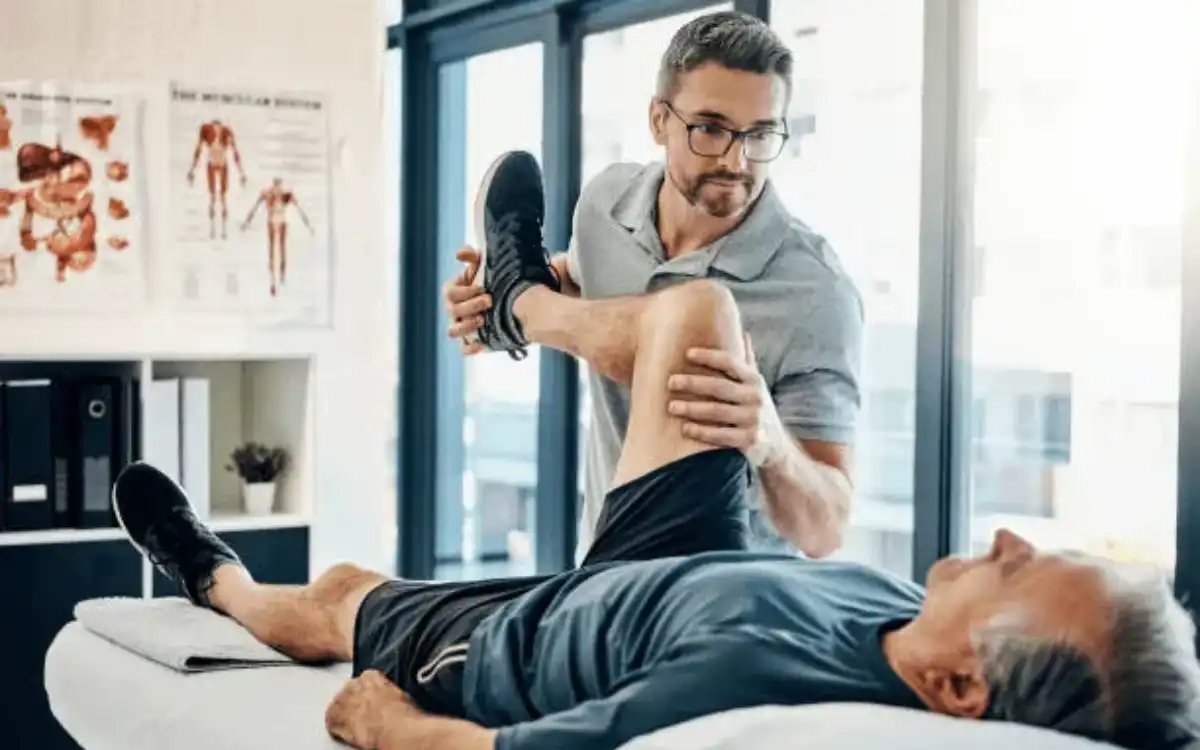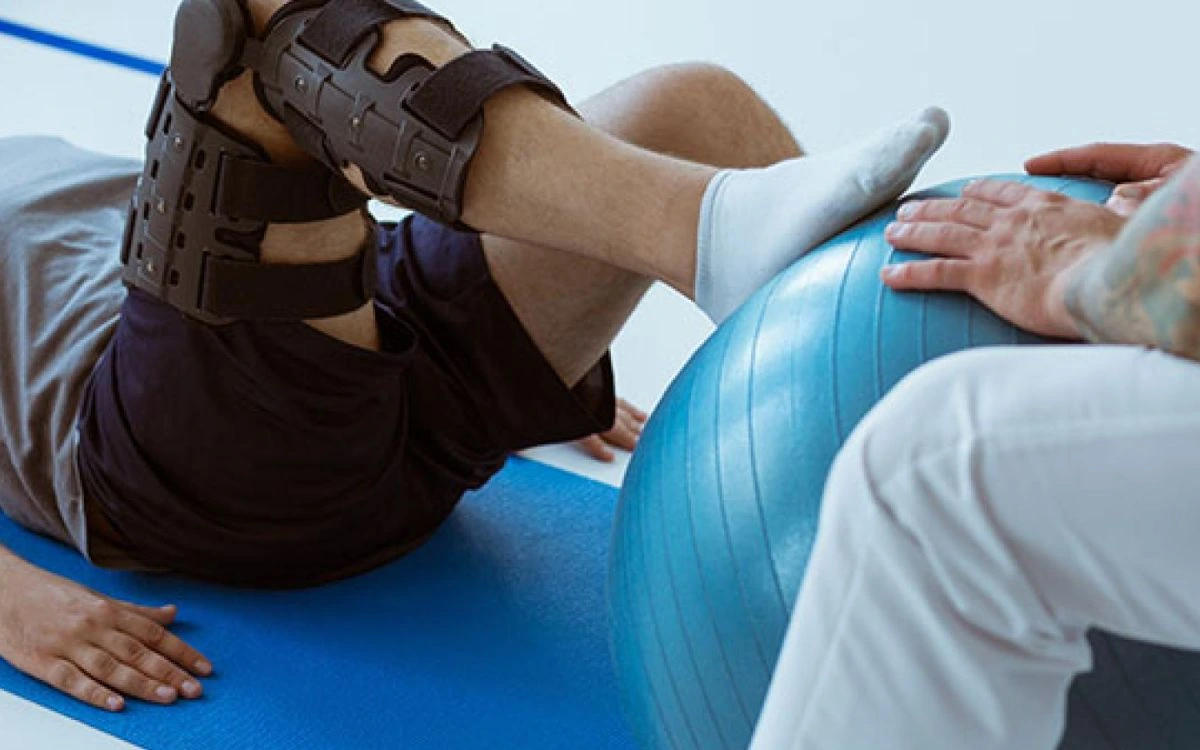OVERVIEW
Labral Tears
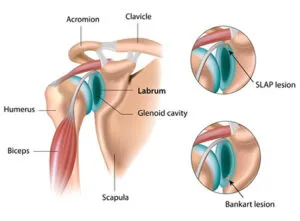
The labrum, a cartilage ring around the shoulder socket (called “the glenoid”) and makes it more deep, is the labrum. It is the thin, blue ring that surrounds the glenoid in the picture above. The socket is deeperened by the labrum so that the ball of your arm bone (called “the head of the humerus”) fits better into it. Labrum and labral tears are often associated with trauma, instability, or repetitive throwing, as in a baseball player.
A labral tear is characterized by clicking, locking, popping, and painful clicking. The labrum may not be doing its job properly and causing instability. A labral tear can be diagnosed using MRI. However, it is often difficult to diagnose. The SLAP (superior labral anterior to posterior) labral tear is a special type of labral tear that often involves the biceps tendon.
TREATMENT
GOALS
Possible Treatment Goals
- Improve Function
- Improve Muscle Strength and Power
- Increase Oxygen to Tissues
- Improve Proprioception
- Improve Range of Motion
- Self-care of Symptoms

